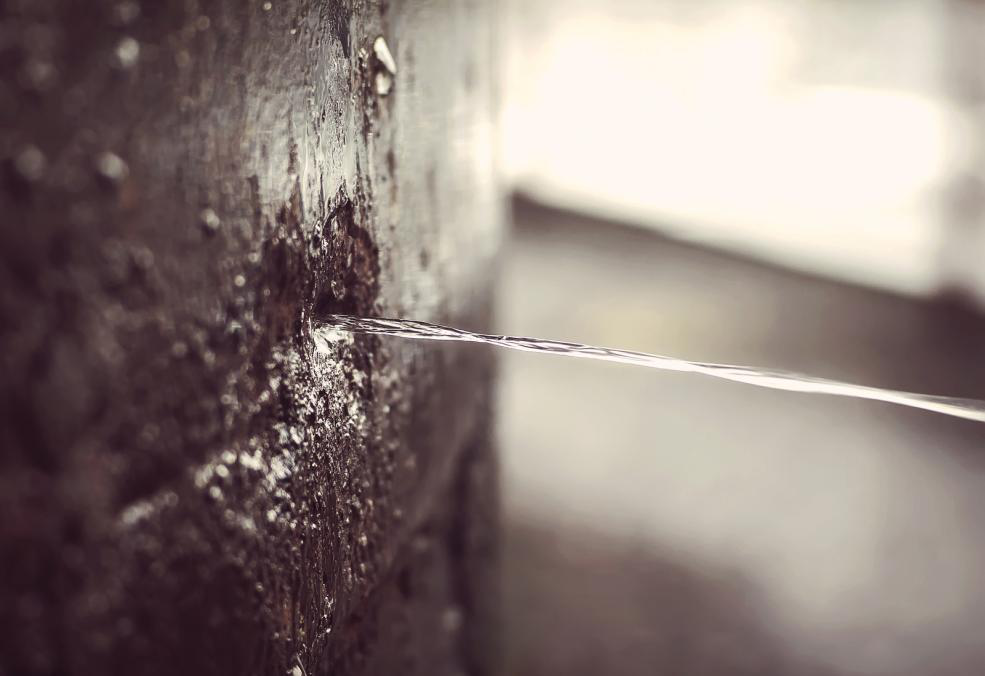Just how to Examine If Your Residence Has a Concealed Leakage
Just how to Examine If Your Residence Has a Concealed Leakage
Blog Article
Here down the page yow will discover a lot of really good insights concerning Locating water leaks.

Early detection of dripping water lines can reduce a potential catastrophe. Some little water leaks might not be noticeable.
1. Take A Look At the Water Meter
Inspecting it is a guaranteed means that helps you find leakages. If it relocates, that indicates a fast-moving leakage. This suggests you may have a slow leakage that might also be underground.
2. Check Water Intake
Assess your water expenses as well as track your water usage. As the one paying it, you must observe if there are any kind of disparities. If you detect sudden changes, regardless of your usage being the same, it indicates that you have leakages in your plumbing system. Bear in mind, your water expense need to fall under the same range every month. An abrupt spike in your bill shows a fast-moving leakage.
Meanwhile, a consistent rise on a monthly basis, even with the same routines, reveals you have a sluggish leakage that's likewise slowly intensifying. Call a plumber to completely check your residential property, especially if you feel a cozy location on your flooring with piping below.
3. Do a Food Coloring Examination
30% comes from commodes when it comes to water intake. Examination to see if they are running correctly. Drop specks of food shade in the container and also wait 10 minutes. If the color in some way infiltrates your dish during that time without flushing, there's a leakage between the container as well as bowl.
4. Asses Exterior Lines
Do not neglect to examine your outside water lines as well. Test faucets by affixing a yard hose. Should water seep out of the connection, you have a loosened rubber gasket. Replace this as well as ensure all connections are limited. It will certainly aid obtain it professionally checked out and also preserved annually if you have actually obtained a sprinkler system. One small leakage can waste tons of water and spike your water bill.
5. Evaluate as well as Examine the Scenario
Home owners need to make it a routine to inspect under the sink counters and also even inside cabinets for any kind of bad odor or mold development. These two red flags indicate a leak so punctual attention is required. Doing regular examinations, even bi-annually, can conserve you from a significant issue.
Inspect for discolorations as well as deteriorating as a lot of pipelines and also appliances have a life expectancy. If you believe leaking water lines in your plumbing system, do not wait for it to intensify.
Early detection of dripping water lines can reduce a potential catastrophe. Some little water leakages might not be visible. Examining it is a proven means that helps you uncover leakages. One tiny leakage can throw away tons of water as well as increase your water expense.
If you believe leaking water lines in your plumbing system, don't wait for it to intensify.
WARNING SIGNS OF WATER LEAKAGE BEHIND THE WALL
PERSISTENT MUSTY ODORS
As water slowly drips from a leaky pipe inside the wall, flooring and sheetrock stay damp and develop an odor similar to wet cardboard. It generates a musty smell that can help you find hidden leaks.
MOLD IN UNUSUAL AREAS
Mold usually grows in wet areas like kitchens, baths and laundry rooms. If you spot the stuff on walls or baseboards in other rooms of the house, it’s a good indicator of undetected water leaks.
STAINS THAT GROW
When mold thrives around a leaky pipe, it sometimes takes hold on the inside surface of the affected wall. A growing stain on otherwise clean sheetrock is often your sign of a hidden plumbing problem.
PEELING OR BUBBLING WALLPAPER / PAINT
This clue is easy to miss in rooms that don’t get much use. When you see wallpaper separating along seams or paint bubbling or flaking off the wall, blame sheetrock that stays wet because of an undetected leak.
BUCKLED CEILINGS AND STAINED FLOORS
If ceilings or floors in bathrooms, kitchens or laundry areas develop structural problems, don’t rule out constant damp inside the walls. Wet sheetrock can affect adjacent framing, flooring and ceilings.
https://www.servicemasterbyzaba.com/blog/how-to-detect-water-leakage-in-walls/

Do you enjoy more info about Top leak detection hacks? Write feedback directly below. We will be interested to see your insights about this write-up. Hoping that you come back again in the near future. Are you aware of another person who is curious about the subject? Be sure promote it. I treasure reading our article about Hacks to detect leaks.
Report this page